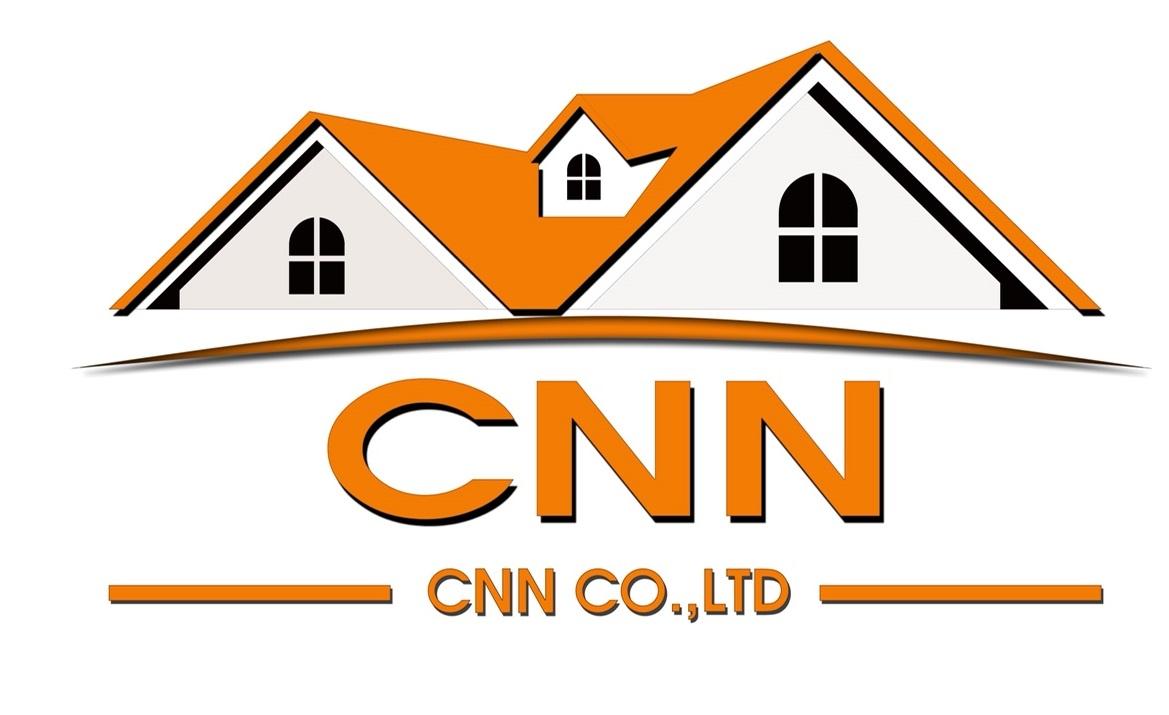Cloud Deployment Models: Overview & Comparison
Companies have increased control over their data, allowing stakeholders to choose from environments that best suit each individual use case. Complex cloud architecture can lead to difficulties in monitoring and troubleshooting systems. Requires the development and maintenance of multiple deployment and pipeline strategies.
- It is a plug-in that is administered by an organization that determines what kind of cloud services must be deployed.
- Say, a central government is looking to centralize yet build a hybrid cloud environment for their cloud ecosystem.
- In SaaS, the cloud vendor provides all hardware and software, including all aspects of managing the hardware and software.
- Hybrid cloud is a term used for describing integration of two or more clouds, be it private, community or public.
- It’s important to highlight that public cloud deployment model services are part of a “shared” infrastructure; typically designed with built-in redundancies to prevent data loss.
The larger any programme grows the easier it will be for vulnerabilities to develop. You can incorporate as many security services as possible to secure your cloud. Let’s now take a moment to review the benefits and disadvantages of this model.
Hybrid Cloud
You can incorporate as many security services as you want in order to secure your cloud. Two-Factor Authentication is far more secure when combined with security best practices such as complex passwords and mandatory password changes. Once established, you can pool resources with other organizations and split the cost of maintenance and upkeep. In addition, https://www.globalcloudteam.com/ partners can participate in joint projects, achieve enhanced project development, and share the costs and tasks of implementation and maintenance. Due to advanced scalability and reliability, you’ll only use as many resources as you need, reducing your cost and eliminating costly downtimes. In addition, there’s no need to invest in your own hardware.

Privacy and data segmentation is a very real concern for many organizations. While there are relatively few disadvantages of a private cloud in general, it may come with a higher initial cost than other types of cloud deployment. A third party – often a well-known service provider – constructs and manages the infrastructure involved. The third party then allows other businesses and public users to create and store data on its servers.
Managed Colocation
In summary, a multi-cloud deployment model is all about choices. It provides companies with more options, making it easier for them to invest in their digital transformation journey without fear of single-provider vendor lock-in. Companies that run containerized workloads can easily attain cost reductions by deploying and running containers across a public cloud provider that offers the lowest cost. The community cloud operates in a way that is similar to the public cloud. There’s just one difference – it allows access to only a specific set of users who share common objectives and use cases. This type of deployment model of cloud computing is managed and hosted internally or by a third-party vendor.
Deploying an application today does not exclusively require physical infrastructure. Cloud services allow you to receive both a server and data storage that can be used for personal needs. Distributed systems combining the power of a large number of computers, grid computing, and virtualization ultimately provide more possibilities. However, the community cloud is shared amongst several businesses with similar operating procedures and/or goals. Most often this configuration is seen with governmental organizations or banking structures. Upfront expenditure – In many aspects the private cloud will save costs in the long term.
Three service models of cloud computing
If you’re looking into using cloud computing for your business, you need to learn about deployment models. By doing so, you will make the best choice to support your needs. Cloud computing is the on-demand availability of computer system resources without direct active management by the user. Instead, the delivery of said resources is available over the internet, which has made cloud computing a popular digital service that various industries use to operate and manage work tasks. These very foundations of cloud infrastructure are opposite to traditional on-premise computing models. In an on-premise model, all the resources are stored on local hosts, such as desktops, servers, workstations, tablets, etc., that are on the company’s premises.
It is a distributed system that is created by integrating the services of different clouds to address the specific needs of a community, industry, or business. The infrastructure of the community could be shared between the organization which has shared concerns or tasks. It is generally managed by a third party or by the combination of one or more organizations in the community. Lowers cost by public use—When workload is high and further resources are needed, a business can switch operations to the public cloud. The hybrid cloud allows the business to still manage data and applications on-site at the same time.
Cloud Deployment Models with Examples: Public, Private, Community, Hybrid
We’ll look at the outlined deployment types as well as key details that you need to be aware of, and hopefully help you to figure which cloud deployment model is best for you. While comparing the advantages and disadvantages of cloud deployment models is beneficial, you should consult with an experienced cloud solutions partner to determine specific needs. In a community cloud model, one organization owns the private cloud infrastructure and multiple businesses with similar characteristics share its resources. Perhaps the number one concern regarding public cloud models is the data security and privacy issues that arise when a public third-party controls data storage.

This refers to the difference in how the deployment of company resources is done. This allows organizations to continue their normal operations without disruption due to excess workload. Companies can test and run the additional workload on https://www.globalcloudteam.com/cloud-deployment-models-basics-you-should-know/ the cloud depending on the requirement. Data warehouse and ETL Turning your data into valuable insights fast with unique data warehouse solutions. SaaS are generally cloud-based, they require a stable internet connection for proper working.
Basics Of Cloud Computing
Because you are sharing resources with a huge community you have little to no true knowledge where data is being stored and how to properly secure it. In order to make the most optimal use of a particular cloud deployment type, you must understand what each deployment model can do, its characteristics, and its advantages and disadvantages. Most companies do not have a constant general computational use or demand. Extending workloads to a public cloud allows for the ability to scale resources on-demand. This model safeguards and strategically controls your company’s essential assets.

Lack of a customized service – Cloud service providers have standardized service options they probably fail to satisfy consumer’s requirements if they are unusual. Reduced costs – You have to just pay for the services you use without worrying about the infrastructure . With solutions and services for IT, DevOps, and developers; AWS has a broad platform to help you accomplish your next project.
Cloud Deployment Models – Explanation and Comparison
However, there are quite a few fundamental differences between the two. Organizations can choose one of these environments depending on their needs and the features they’re looking for in a solution. These figures only highlight how organizations are embracing cloud over traditional on-premise models. Despite the phenomenal success of the cloud environments in recent decades, enterprise IT teams continue to analyze the risks and benefits of on-premise vs. cloud. Blockchain Innovative blockchain-based software to ensure higher security and faster services.










